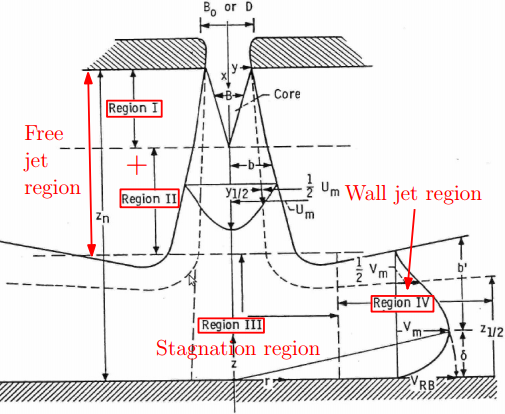Many function objects and sampling utilities are able to export field data. In earlier versions of OpenFOAM, the surface data file contained both the geometry and field data. For transient data output, this leads to the geometry being written multiple times, even if it remains static.
In this release, surfaceWriter with Ensight format has been re-written to allow the geometry to be written only once. To enable this feature, a new option collateTimes has been added.
|
1 2 3 4 5 6 7 8 9 10 11 12 13 14 15 16 17 18 19 20 21 22 23 24 25 26 27 28 29 30 31 32 33 34 35 36 37 |
functions { section { type surfaces; outputControl timeStep; outputInterval 20; surfaceFormat ensight; interpolationScheme cell; fields ( T ); surfaces ( plane1 { type plane; basePoint (0 0 0); normalVector (0 0 1); interpolate false; } ); formatOptions { ensight { // Write single mesh file // (only for static surfaces) collateTimes true; } } } } |
The structures of the postProcessing directory are different with and without the collateTimes option as shown below.
- collateTimes true
|
1 2 3 4 5 6 7 8 9 10 11 12 13 14 15 16 17 18 19 |
postProcessing └── section └── plane1 ├── data │ ├── 000000 │ │ ├── T │ │ └── time │ ├── 000001 │ │ ├── T │ │ └── time │ ├── 000002 │ │ ├── T │ │ └── time │ └── 000003 │ ├── T │ └── time ├── fieldsDict ├── plane1.000000.mesh └── plane1.case |
- collateTimes false
|
1 2 3 4 5 6 7 8 9 10 11 12 13 14 15 16 17 |
postProcessing └── section ├── 0.002 │ └── T │ ├── plane1.00000000.T │ ├── plane1.00000000.mesh │ └── plane1.case ├── 0.004 │ └── T │ ├── plane1.00000000.T │ ├── plane1.00000000.mesh │ └── plane1.case └── 0.006 └── T ├── plane1.00000000.T ├── plane1.00000000.mesh └── plane1.case |
